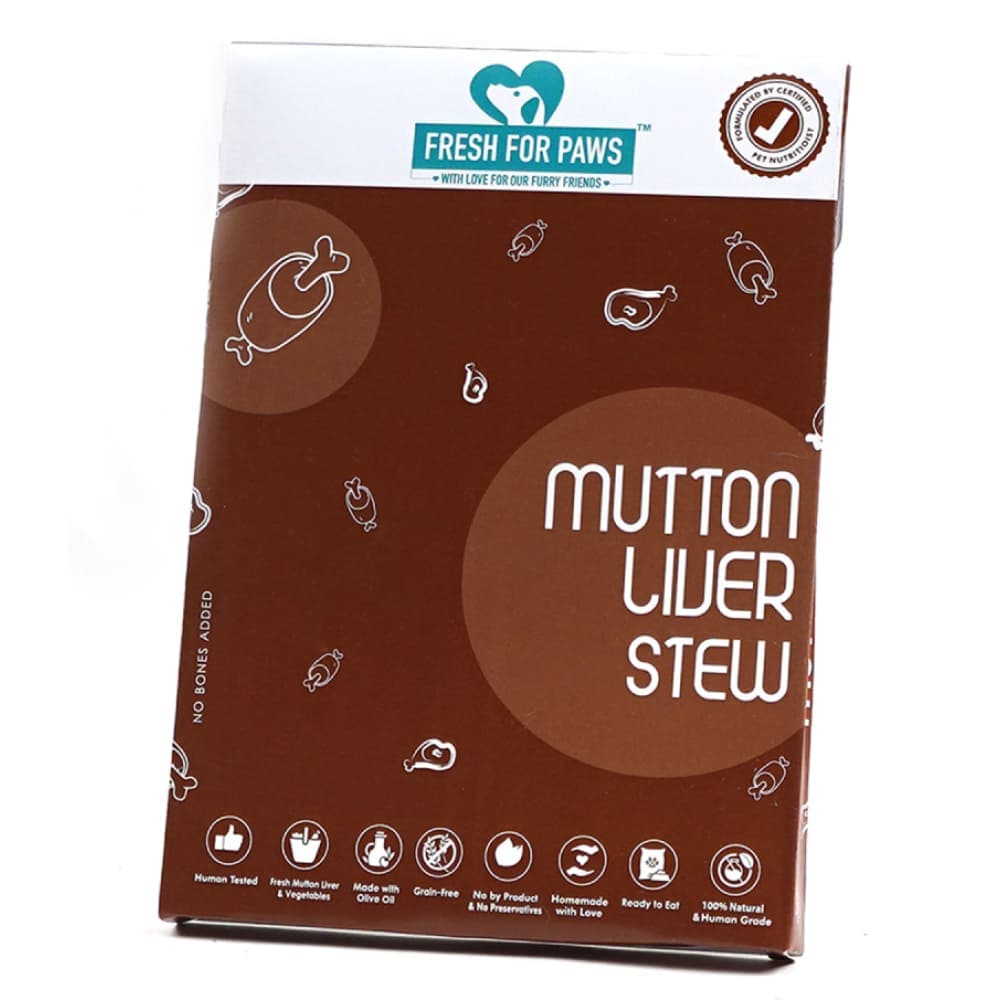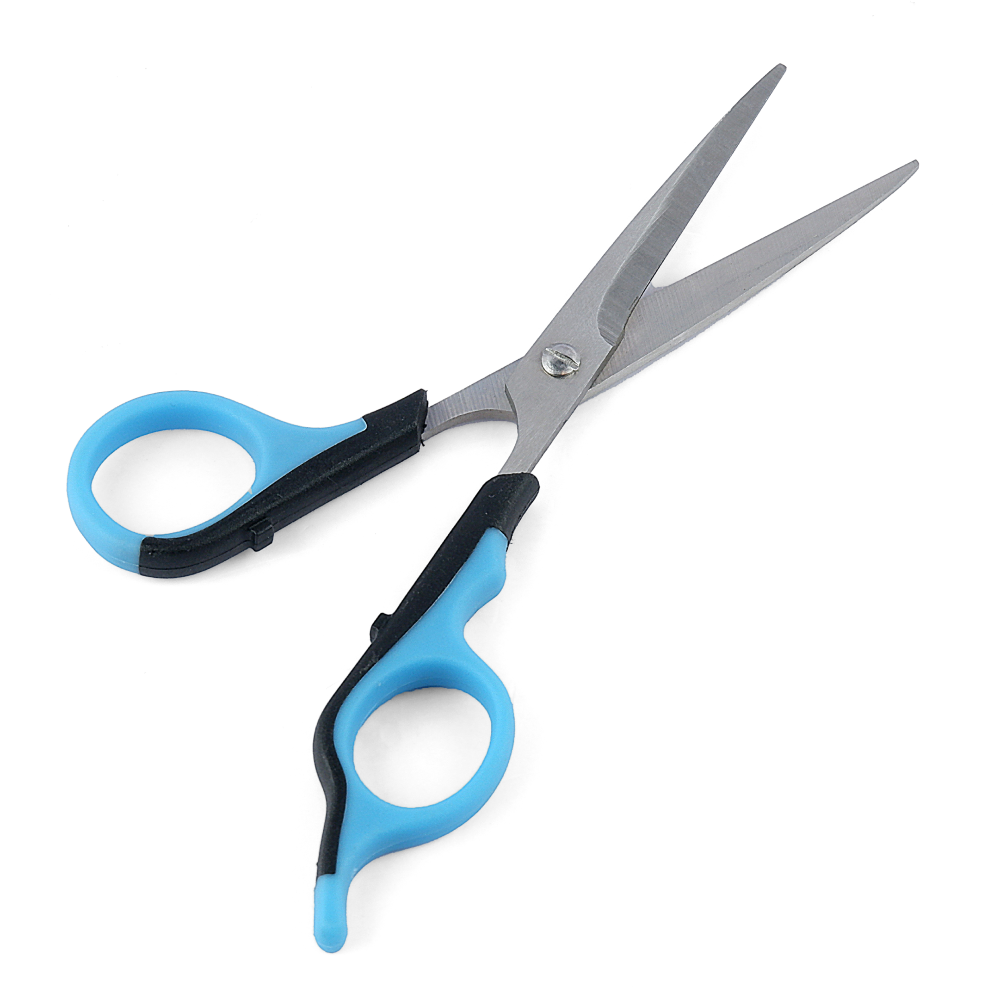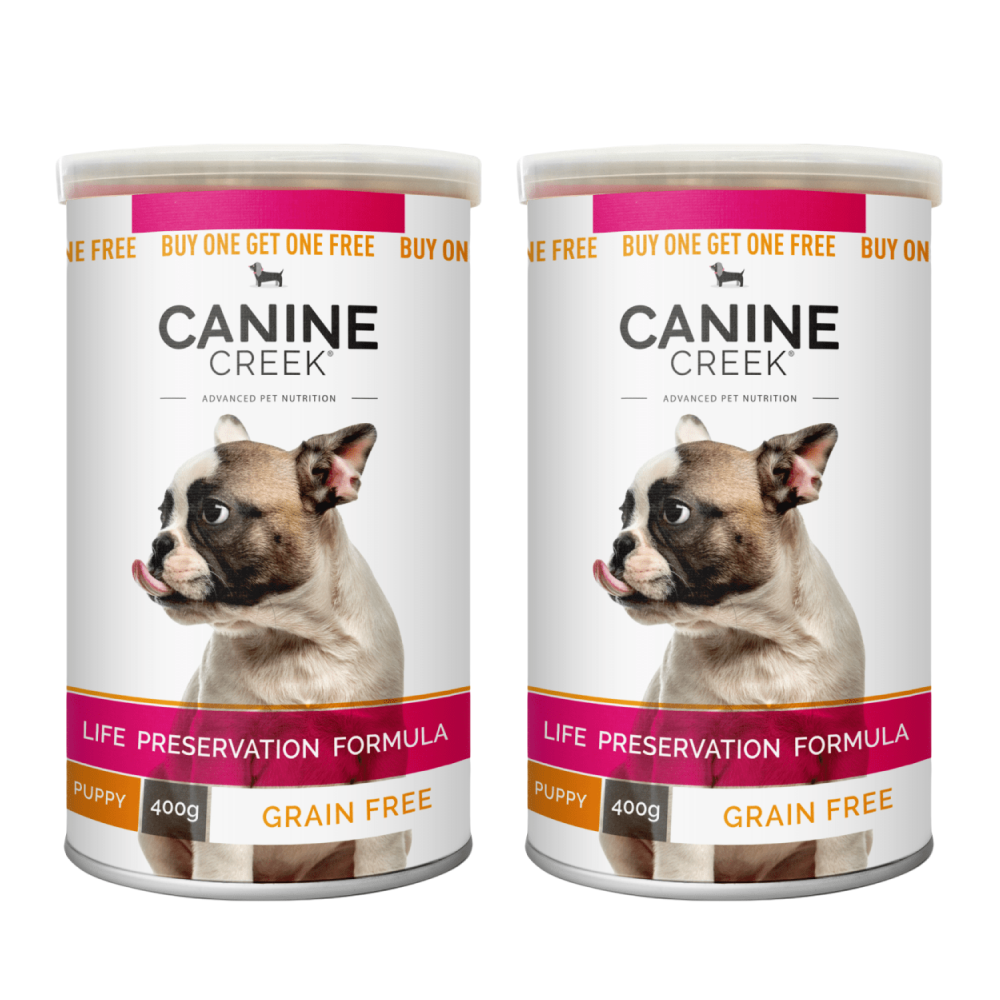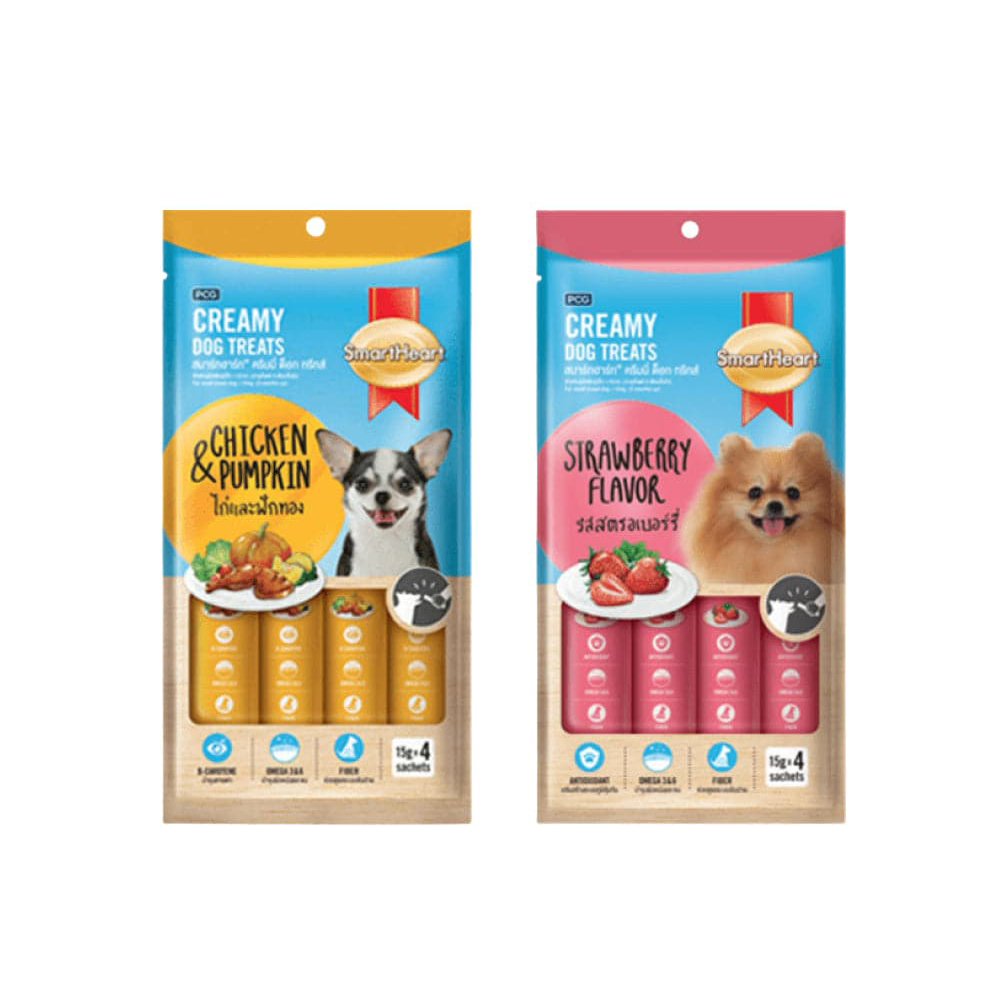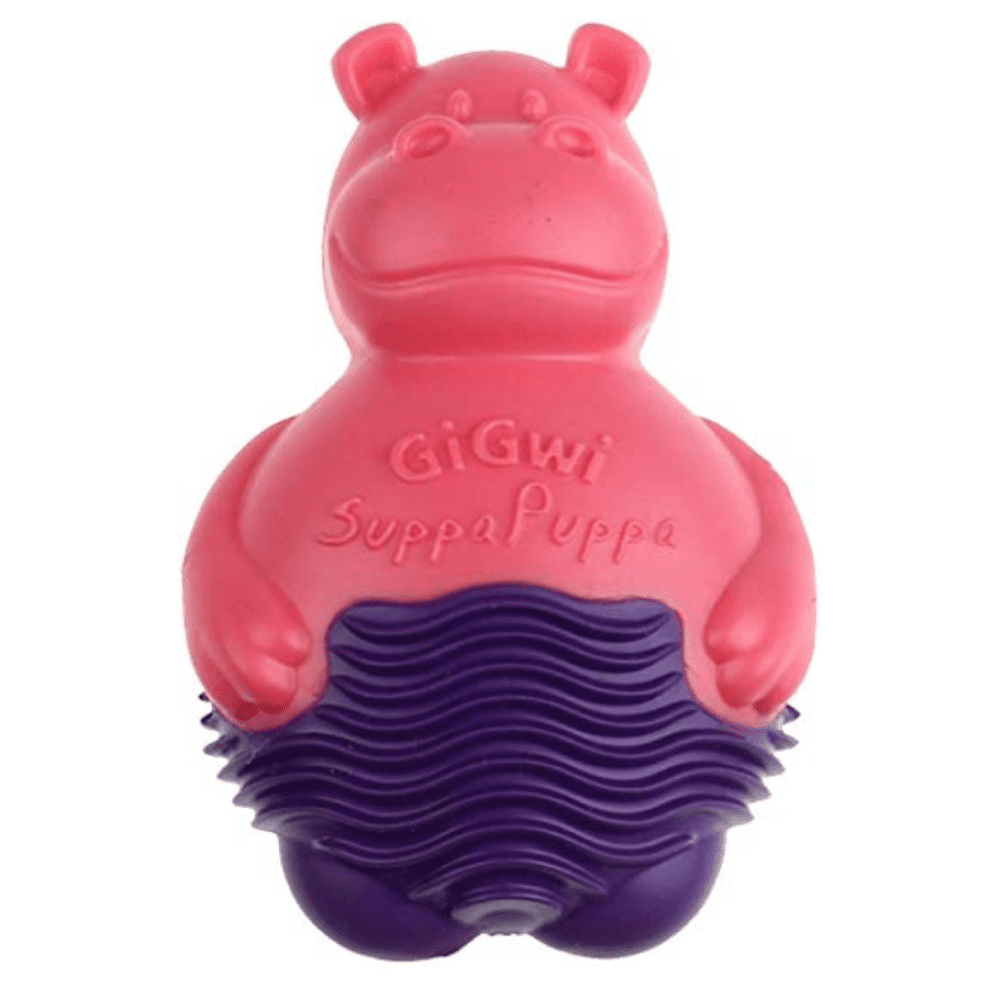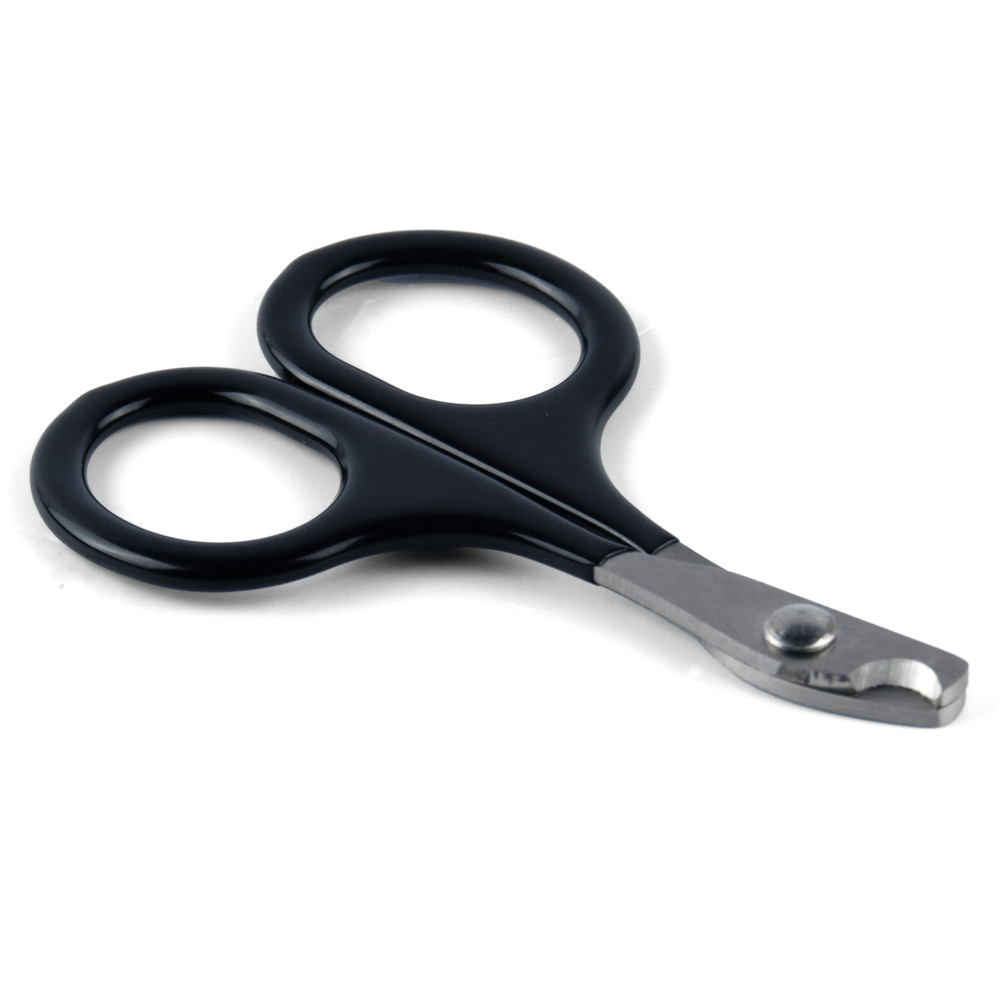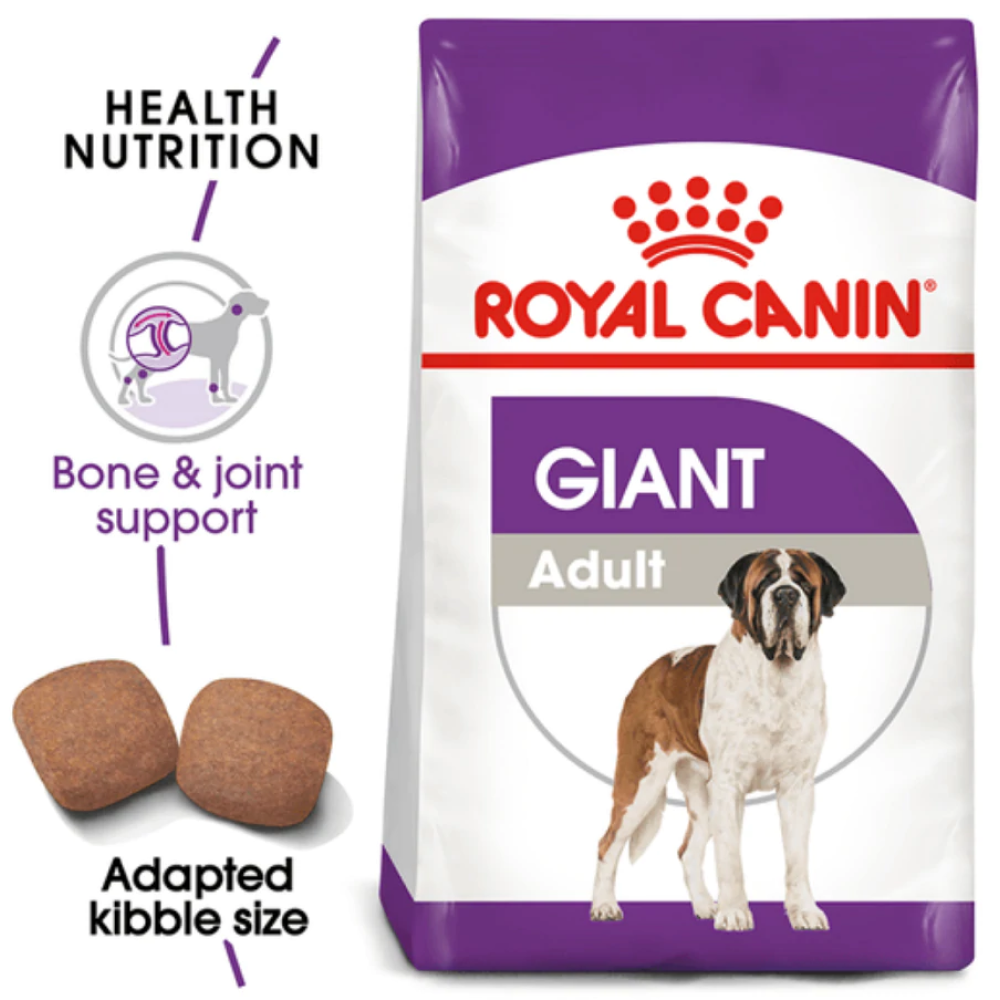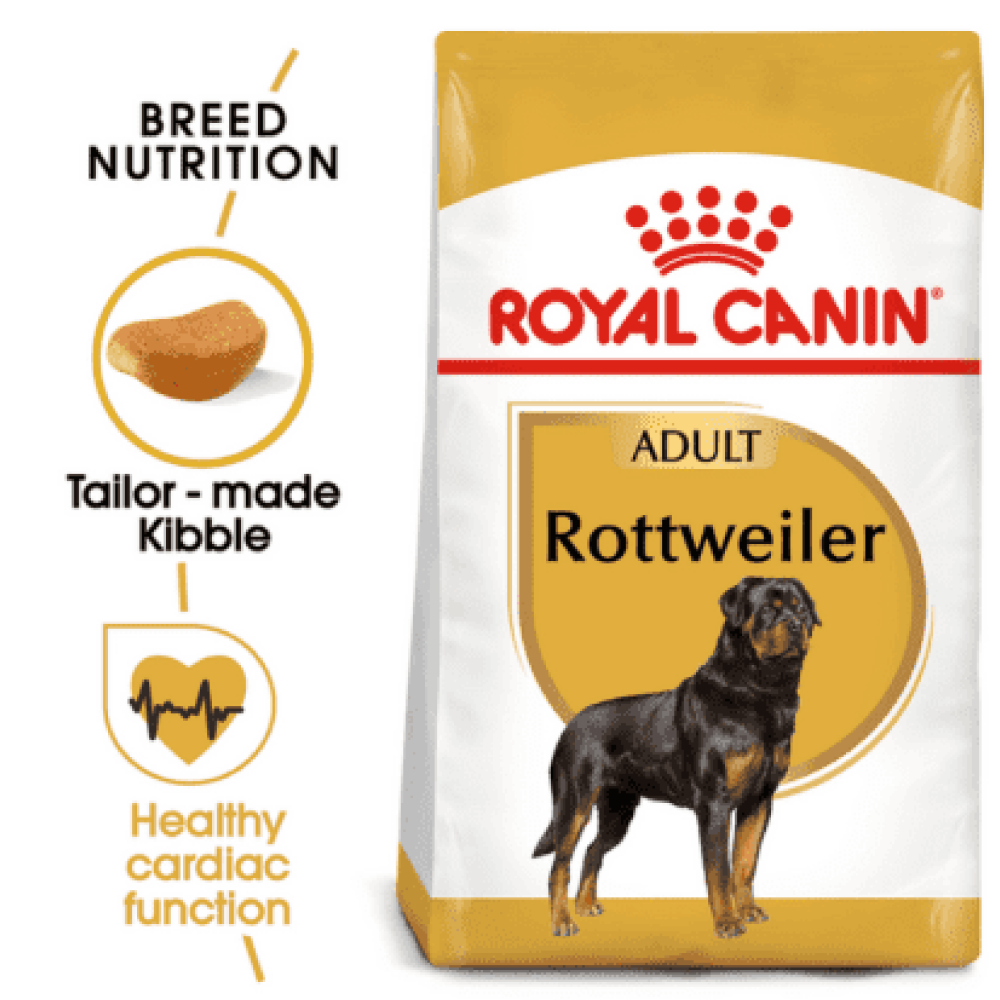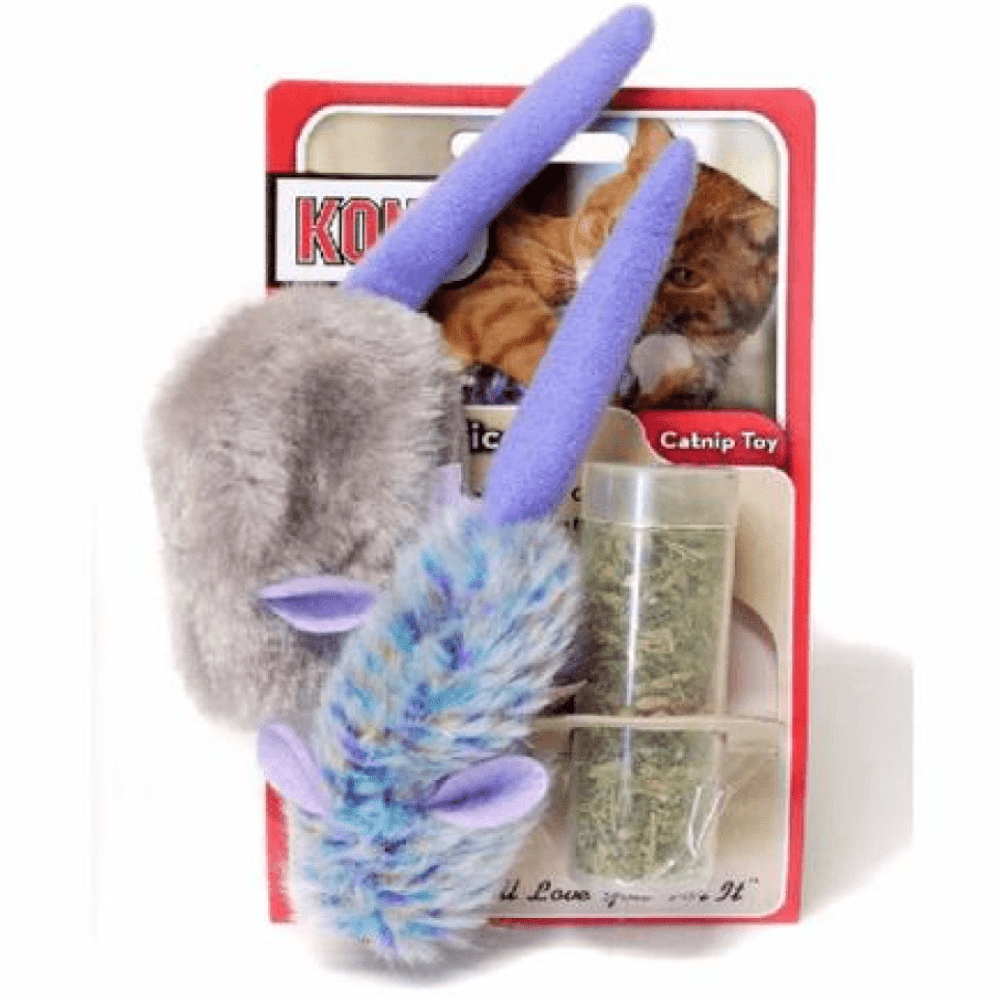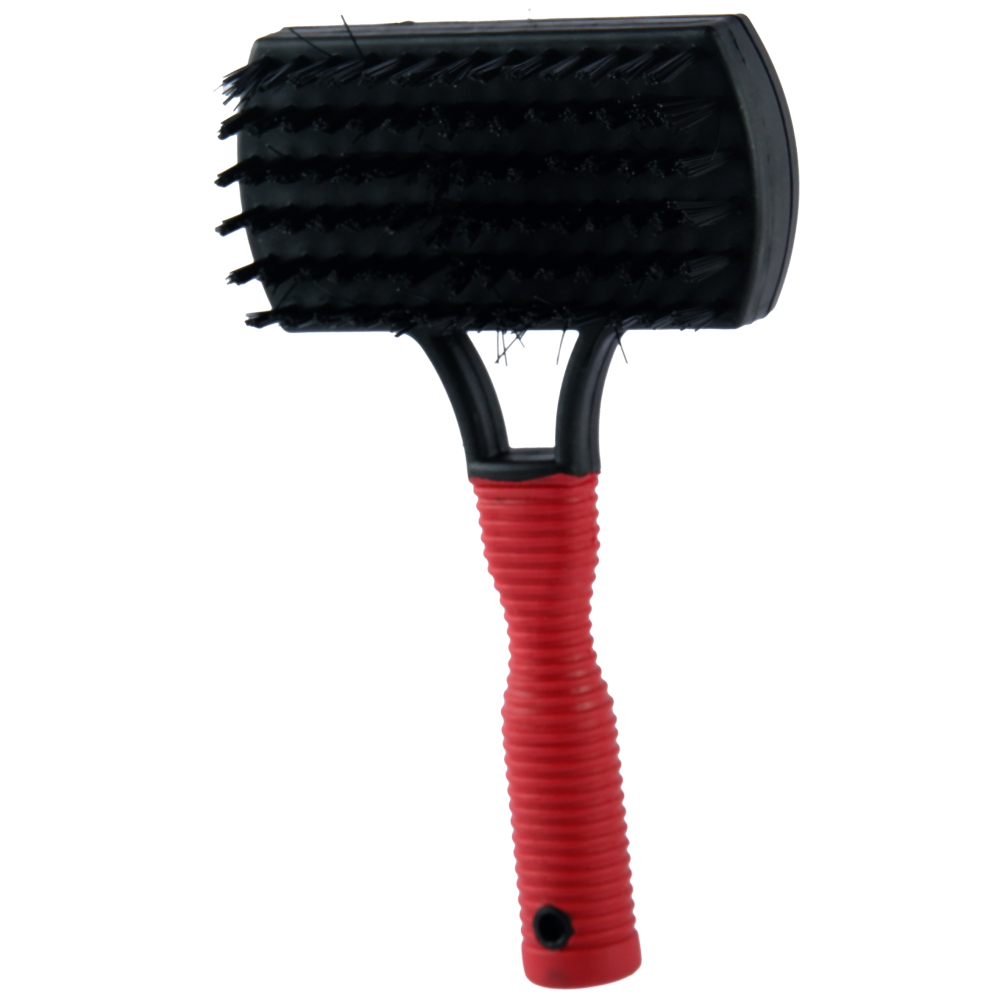
For the overall well-being of your cat, a balanced diet is crucial. Cats require specific nutrients such as Taurine and Arginine, present in meat. They run the danger of developing health issues, including heart disease and blindness, if they do not get these nutrients.
One of the most important things you can do to maintain the health and happiness of your feline companion is to feed them right. However, it is easy to get overwhelmed by the plethora of available cat food options. Most of the time you end up buying the cheapest or the food you saw on TV. No worries, we are here to help!
This blog will cover the 6 pro tips to help you understand and find the best foods available for your feline friend. So let’s kick in!
1. Know the nutritional needs
Providing sufficient calories and fulfilling the daily nutritional needs of cats is important. These needs rely on various factors such as your cat’s life stage (kitten, adult, and senior), breed (Persian, Himalayan, etc.), activity levels, etc.
- Life stage:Protein, calcium, and fat are some of the vital nutrients kittens need. Experts recommend to feed approximately 100 to 280 calories per/kg daily during the first 4 to 6 months of age.
A healthy adult cat needs advanced nutrition, including vitamins and minerals, crude protein and fat, and a small amount of carbohydrates. Feeding adult cats is a bit complicated as you will need to adjust their diet as per their breed, shape, size, change in activity level, etc.
Senior or old cats have a slower metabolism compared to kittens and adults. Hence, they would require whole meat proteins with a high digestibility value and higher antioxidant content.
- Remember that cats' bodies are not designed to digest plant-based protein.
2. Research your brand
Pet parents nowadays are more aware of when, where, and how their food brands manufacture cat food. Also, it is worth understanding what’s in your cat food. It is better than going for a vet visit due to unhealthy feeding.
- Read the product label properly- Check the ingredients, precautions, and feeding guidelines properly, given at the back of the pack.
- More information- Be informed about the food brand before feeding it to your feline friend. You can visit your brand's company website or product page if they seem to lack transparency. Further, if this does not help, avoid offering such food to your cat.
3. Balance between dry and wet food
Ideally, there are two types of cat foods, dry and wet foods.
- When feeding dry food, keep in mind the fact that most of the commercial options consist of high carbohydrate rates that might lead to obesity and diabetes in cats.
- Avoid overfeeding your cats to prevent the risk of obesity, as cats gain weight quickly. Also, dry food sometimes leads to dehydration and urinary tract issues in cats. However, you can provide chicken broth and a bowl of water separately with every meal or just mix wet food with dry food.
- Wet food has an extreme amount of water content which your cats will enjoy and are attracted to its texture. However, feeding wet cat food daily is too expensive compared to dry food. Therefore, it is advised to mix dry and wet cat food for a complete and balanced diet for your cats.
4. Choosing Healthy Treats
Even though cats just require a complete diet to meet their daily nutritional needs, it is fine to occasionally offer treats and snacks to them. Also, treats are healthy, enjoyed by cats the most, and do not contain high fat value.
However, there are some tips to remember while picking and feeding those healthy snacks to your kitty:
- Feed healthy treats only that is made with cooked white fish, chicken breast, turkey breast, or safe fruits and vegetables.
- While giving treats to your cat, alter or reduce their regular or daily food to avoid obesity.
- Do not outnumber the daily calorie needs of your cat more than 10-15%
- Avoid feeding treats with high fat contents like, milk, raw meat, etc.
5. Human Food Rules
Although not meant for cats, we often share our foods with them and felines enjoy that too. It won’t harm them but make sure that you feed them in a small portion.
Here are some foods meant for human consumption and can be given to cats:
- Fruits- Banana, Mango, Pineapple, all types of berries, and melons.
- Veggies- Carrot, Pumpkin, Squash, Tomato, Cauliflower, Cucumber, Peas, and Broccoli.
- Grain- Corn, Millet, Oatmeal, Couscous.
Remember that the food mentioned above needs to be given as a snack and not as a complete meal. You also need to observe if your cat can digest human food properly. Further, do not offer fruits to cats with diabetes.
6. Don’ts of Feeding Your Cat
Following are some hazardous foods for cats that need to be strictly prohibited:
- Alcohol- This can intoxicate cats, leading to digestive tract issues.
- Coffee and Chocolate- They contain theobromine and caffeine that can cause heart issues, muscle tremors, or seizures.
- Garlic, onions, leeks, shallots, chives, and scallions can damage the red blood cells and create gastrointestinal problems.
- Nuts, mushrooms, grapes, raisins, coconut, and raw bread can cause severe digestive issues, kidney damage, and liver damage.
- Feeding seeds and skin of cherries, plums, apples, or pears leads to respiratory problems and shock.
- Small, sharp, or uncooked bones can cause choking or rupture in the internal organs.
Conclusion
All in all, cats can get picky about what they eat. However, understanding their nutritional needs, researching the brands, and feeding them healthy foods and treats will keep them happy and healthy.
As we all know, obesity is the most common nutrition-related problem in cats, and feeding them an appropriate diet can help them solve it. If your cat is a picky eater, feed two or three different cat foods. It can help to prevent their exclusive preference for a single food. If your furry friend refuses to eat and is losing weight, get them examined by a veterinarian.
Protecting Your Pup: The Importance of the 7-in-1 Vaccine

Vaccination for puppies and dogs is the first wall of defence against deadly diseases. Puppies receive natural immunity to an extent from t...
Pawsandpaws | Feb 01, 2025Creating a Balanced Diet for Your Rabbit: The Ultimate Food Guide
_01112025_013504.jpg)
Rabbits are one of the cutest furry pets when it comes to small animals. And just like any other family member, these furry bundles of joy ...
Pawsandpaws | Jan 11, 2025
